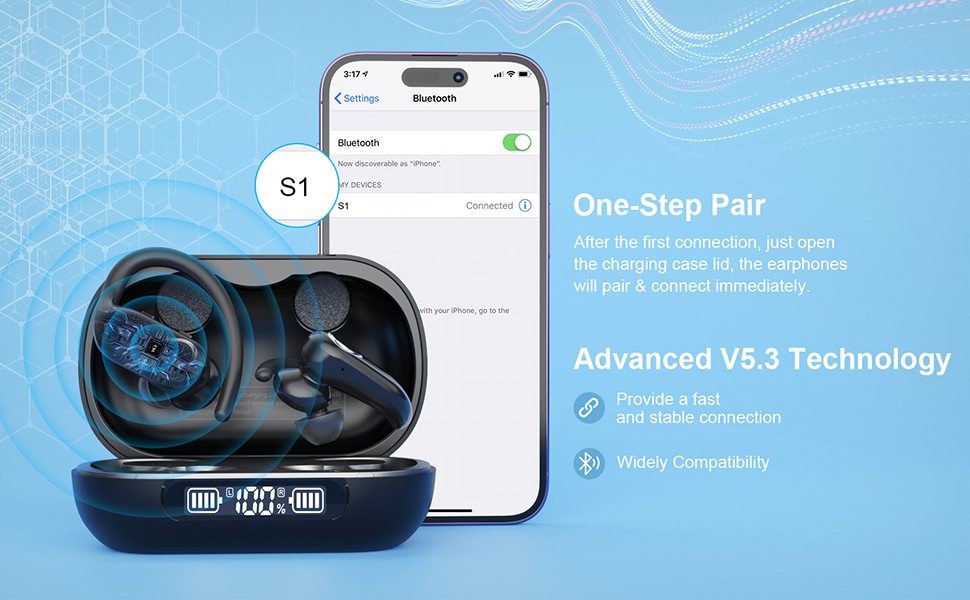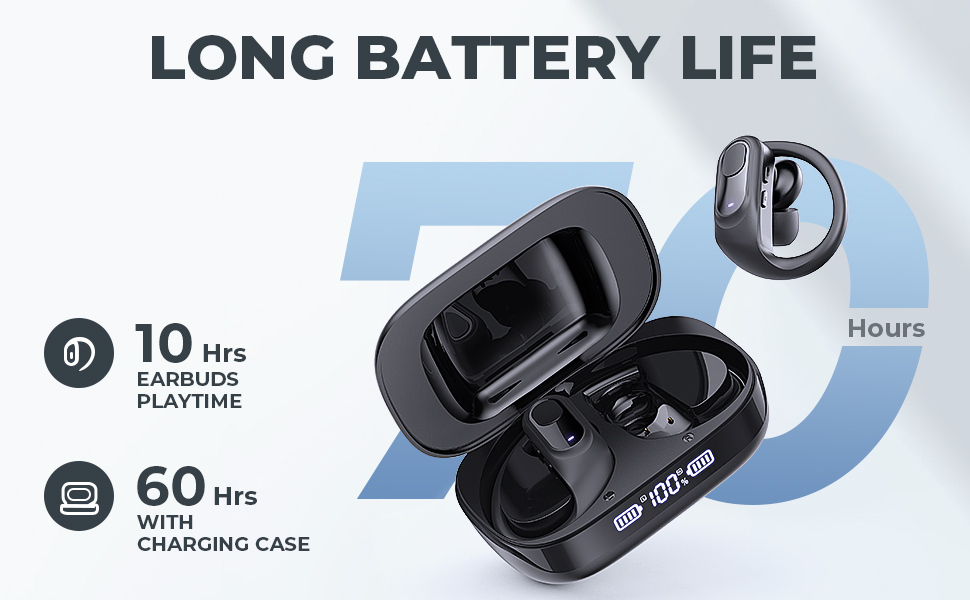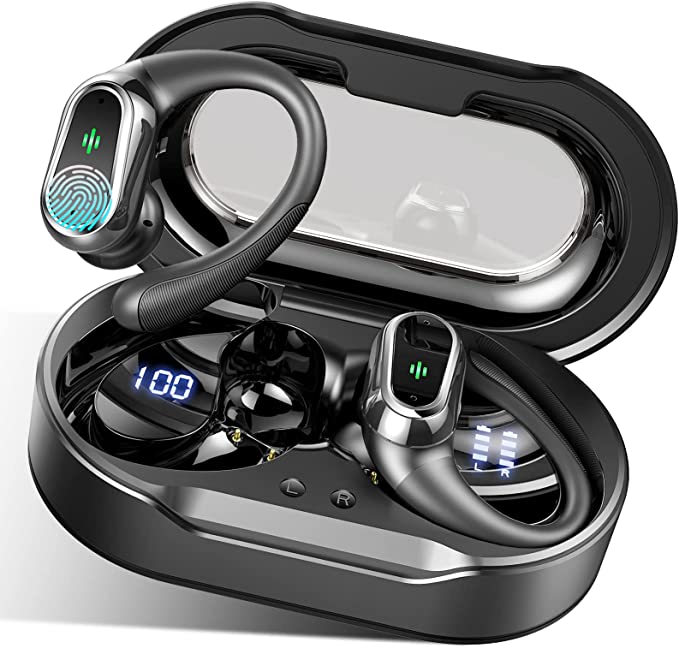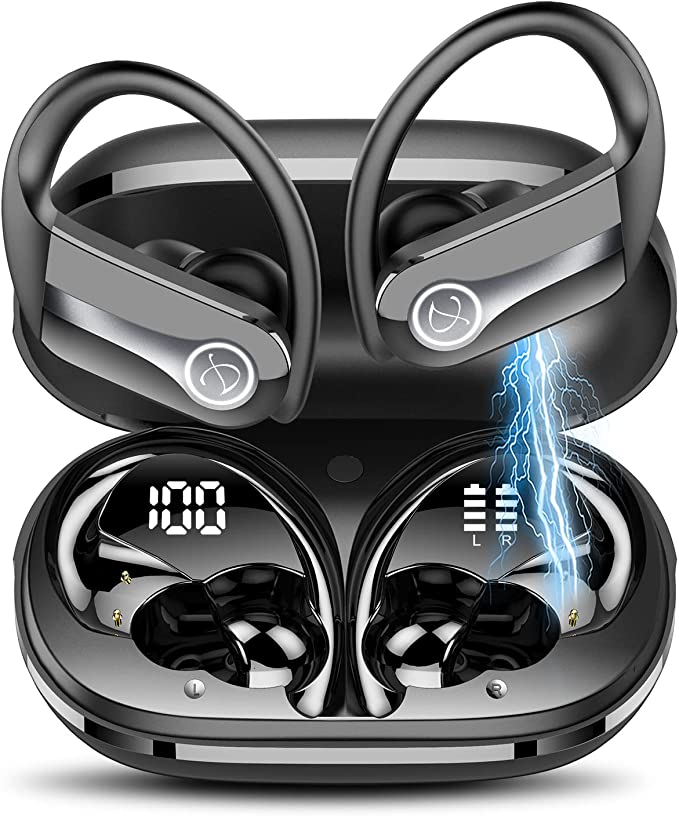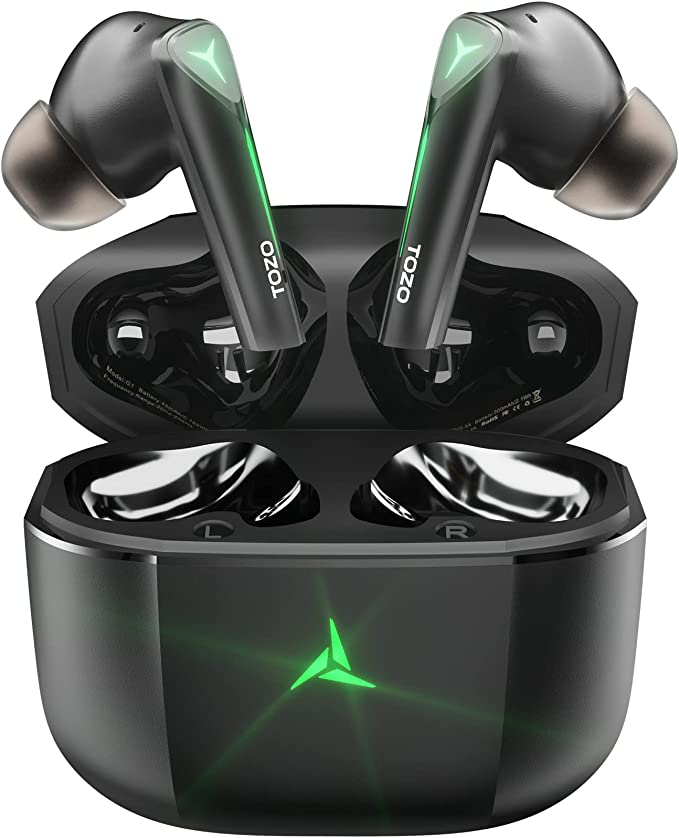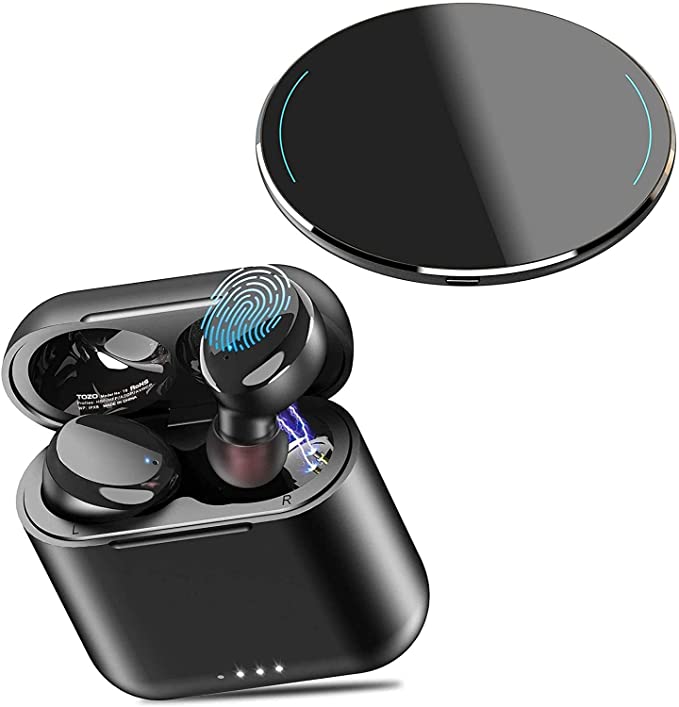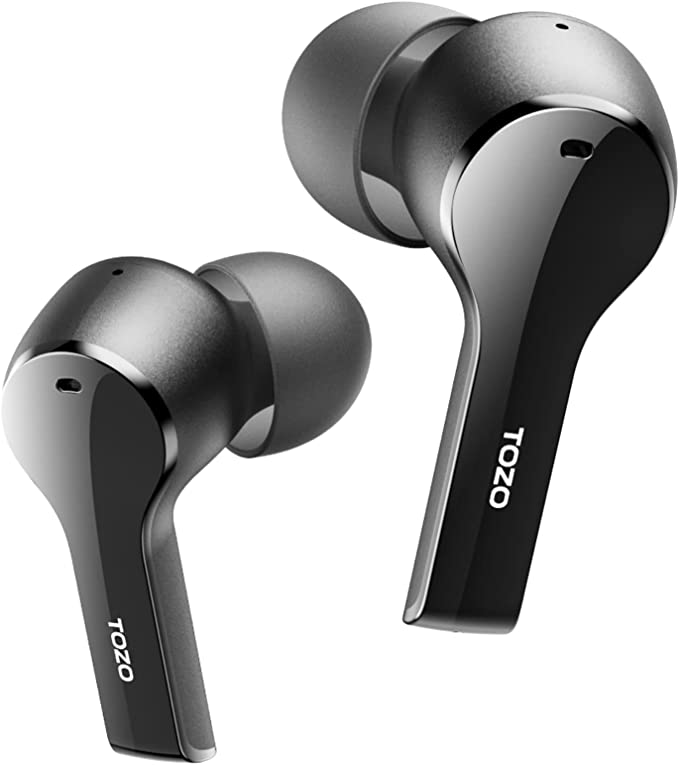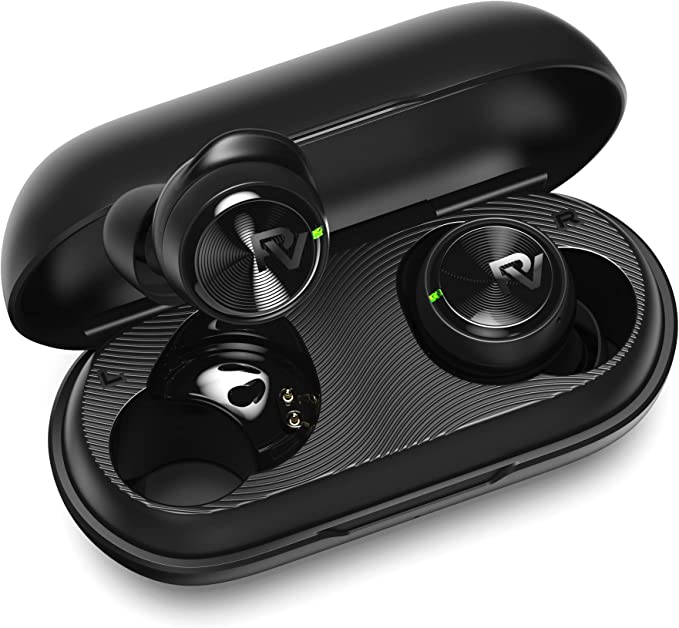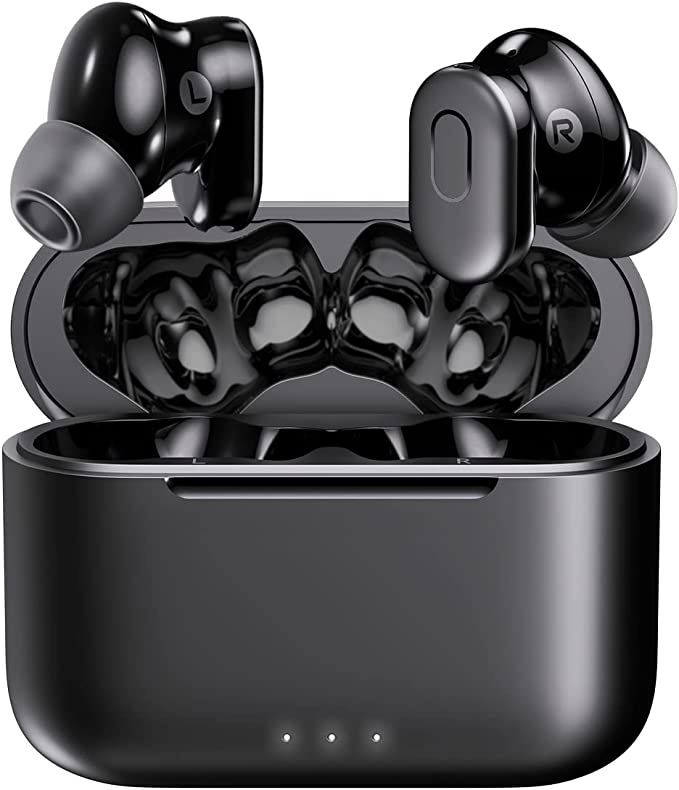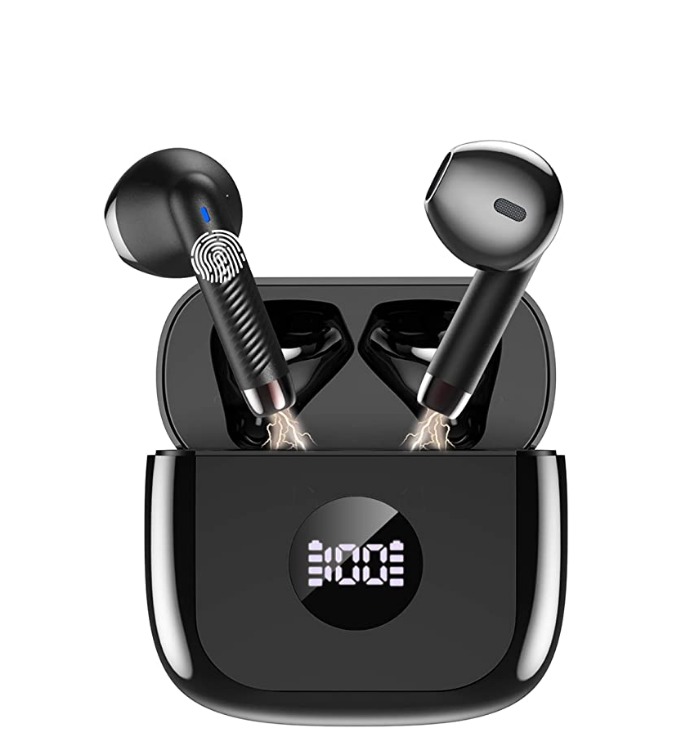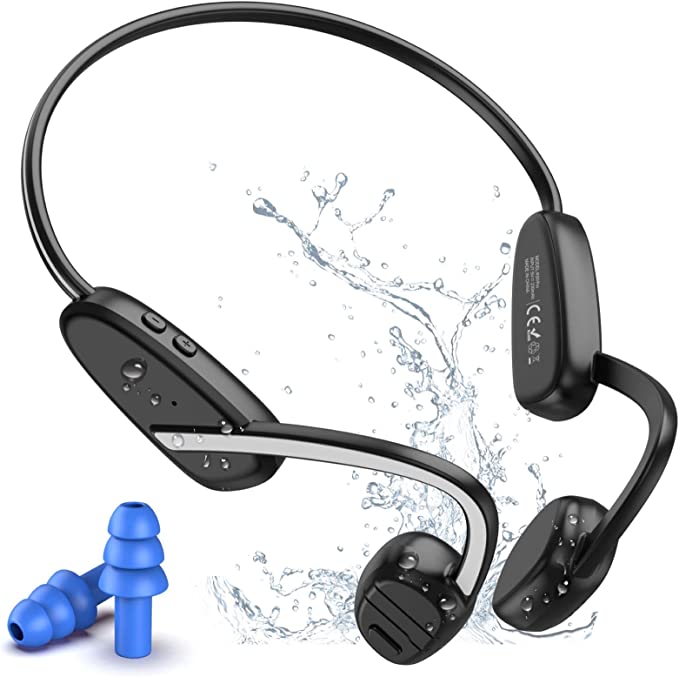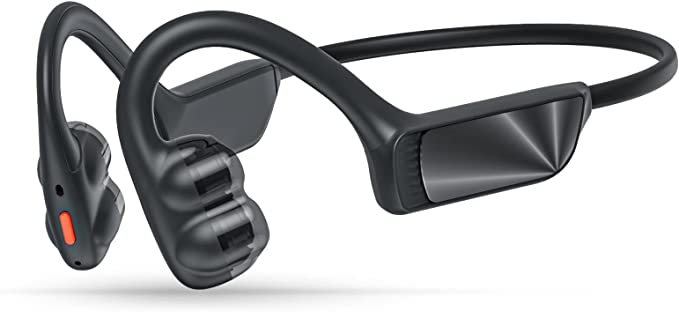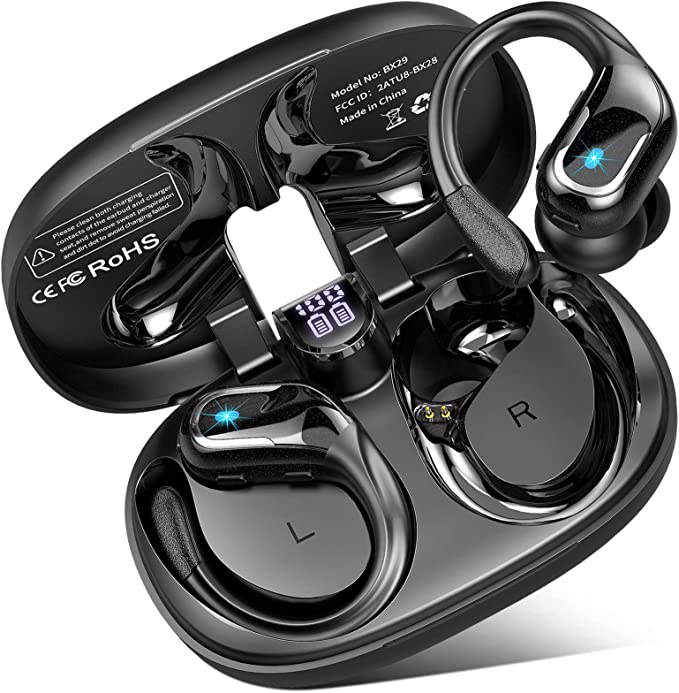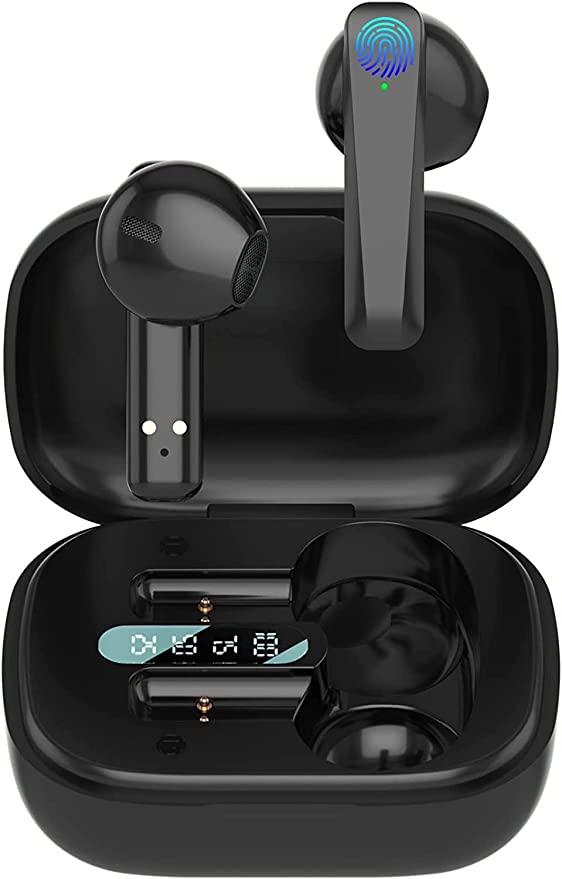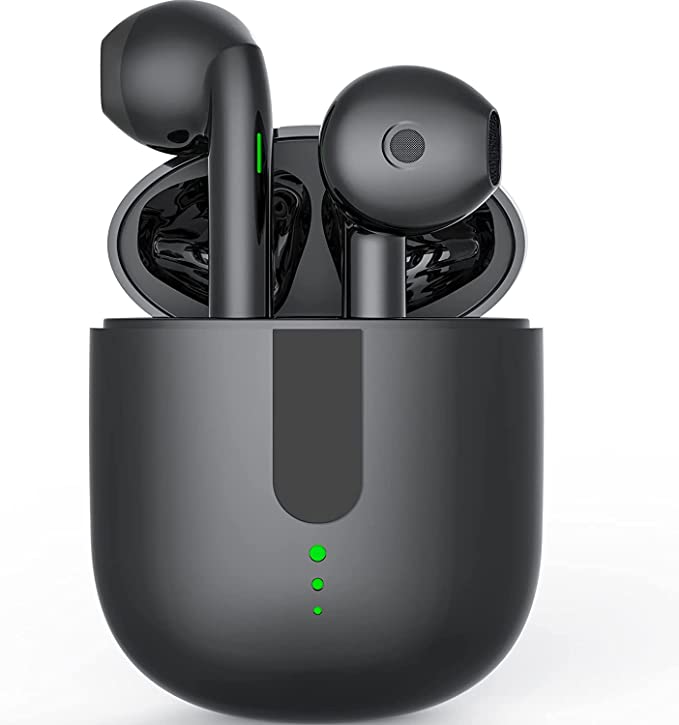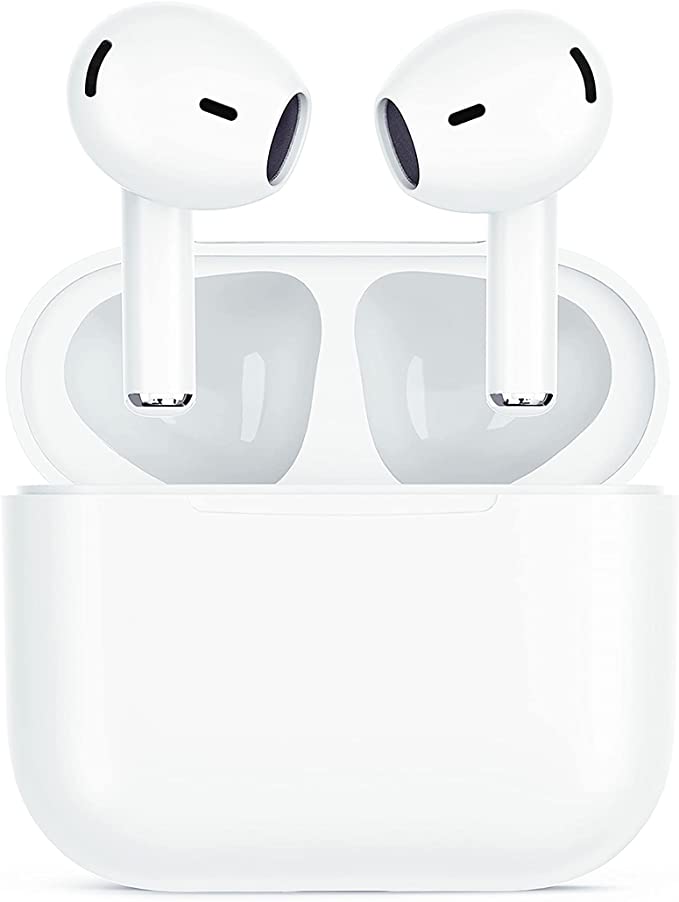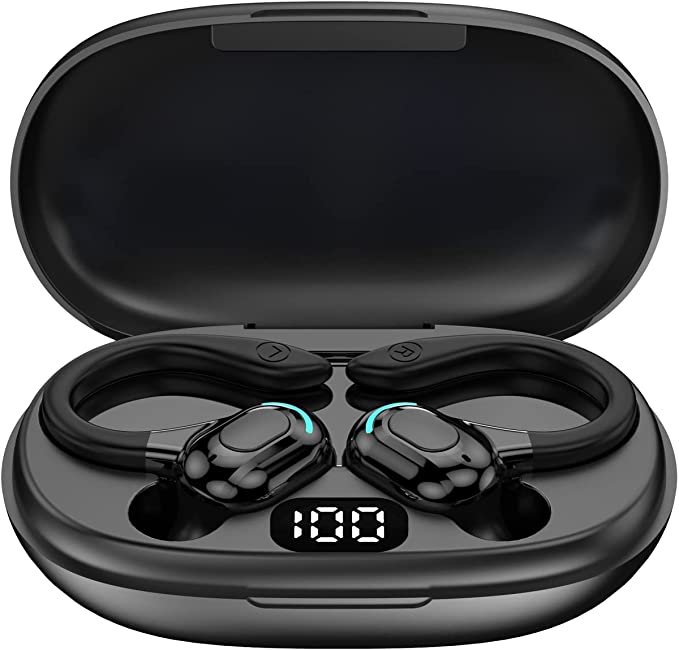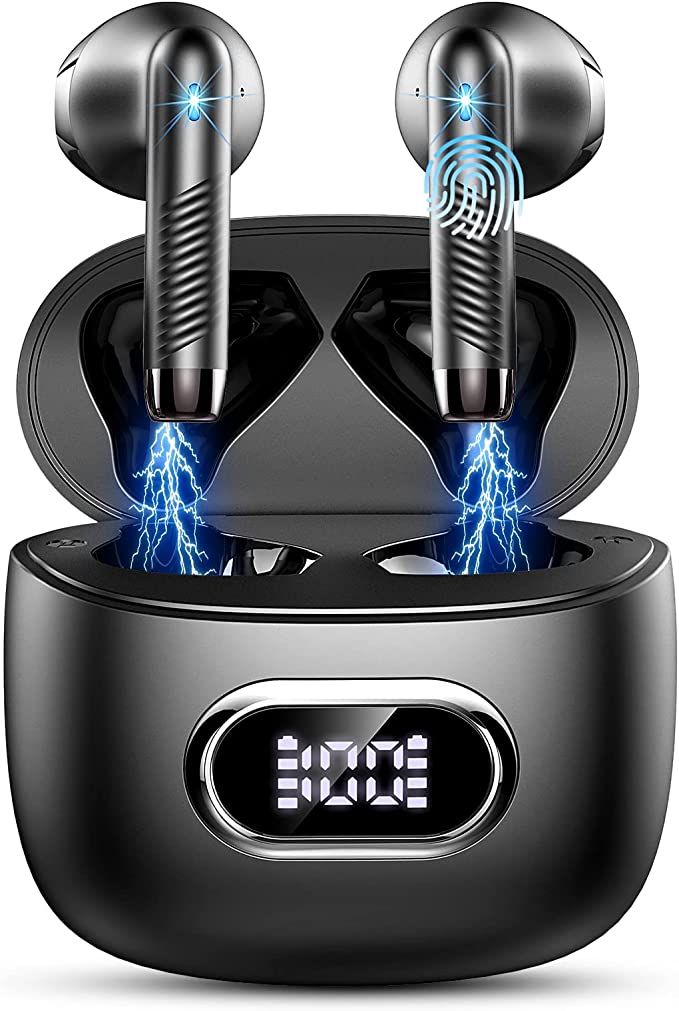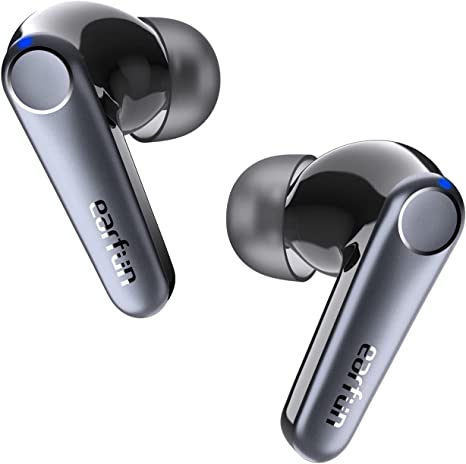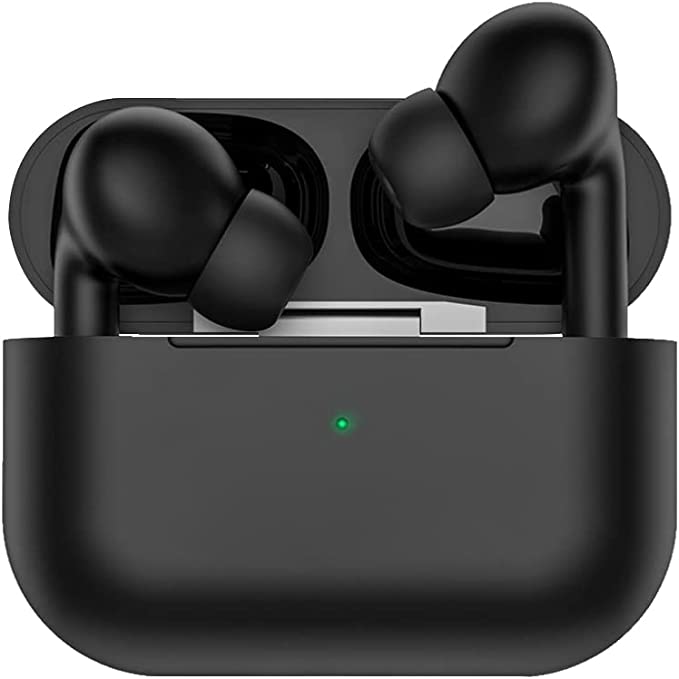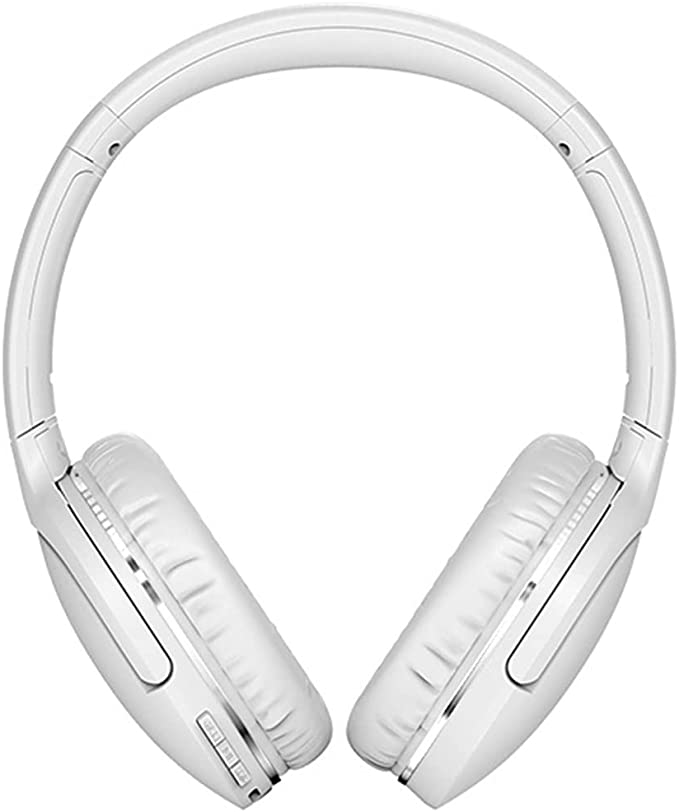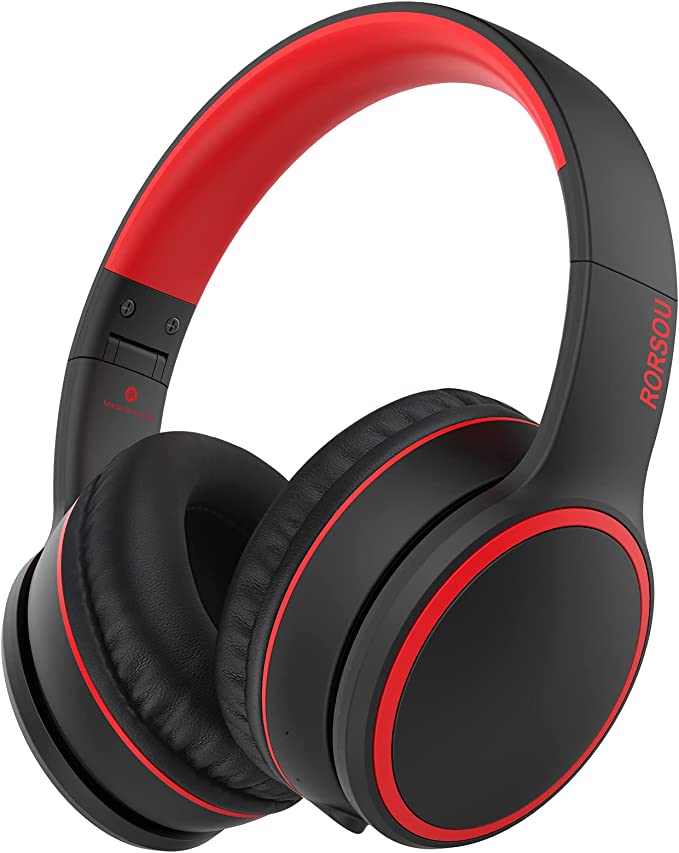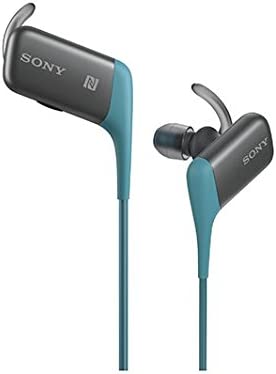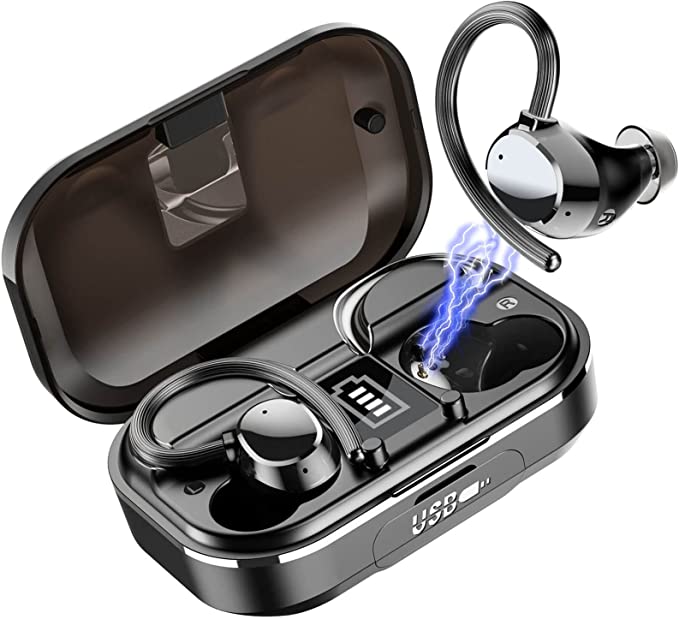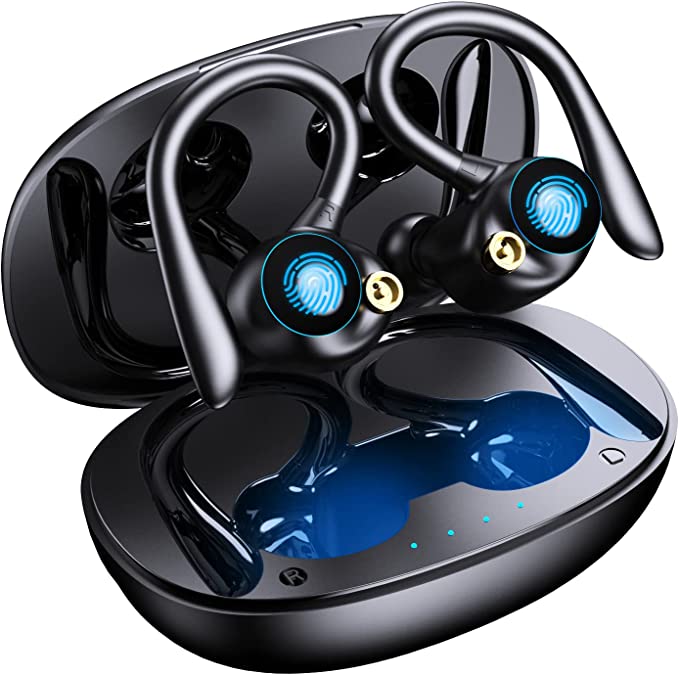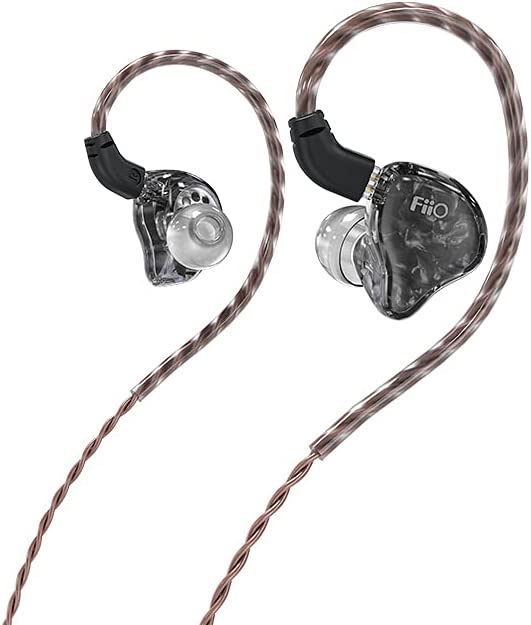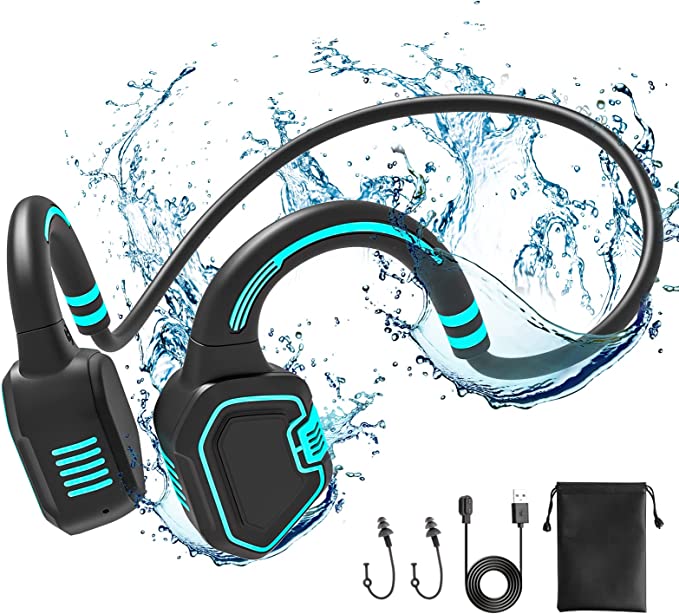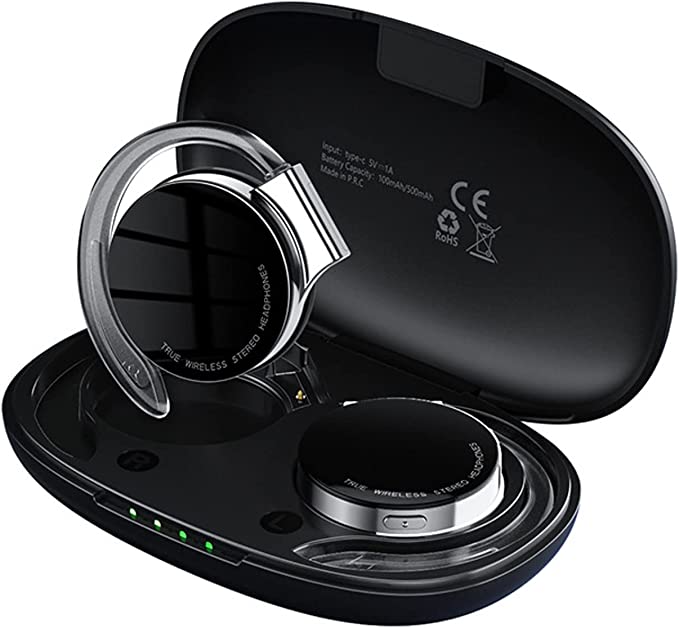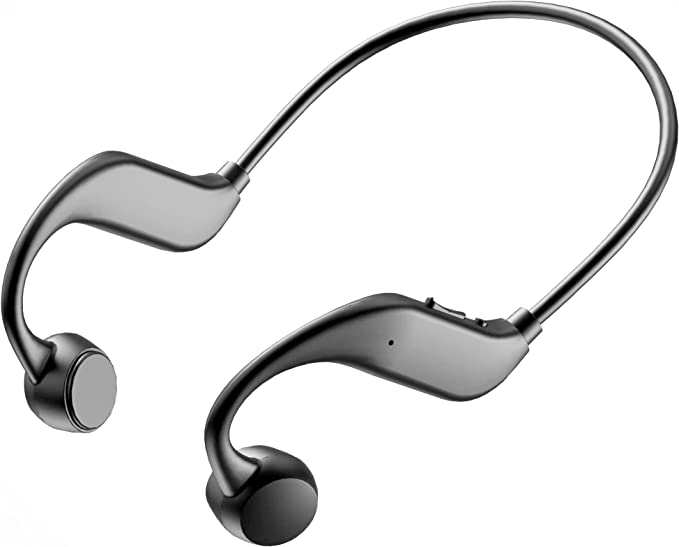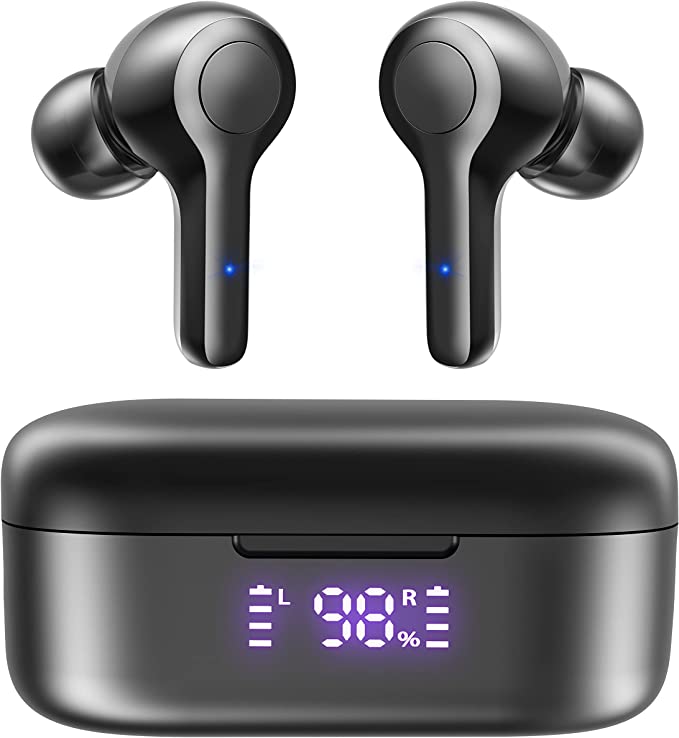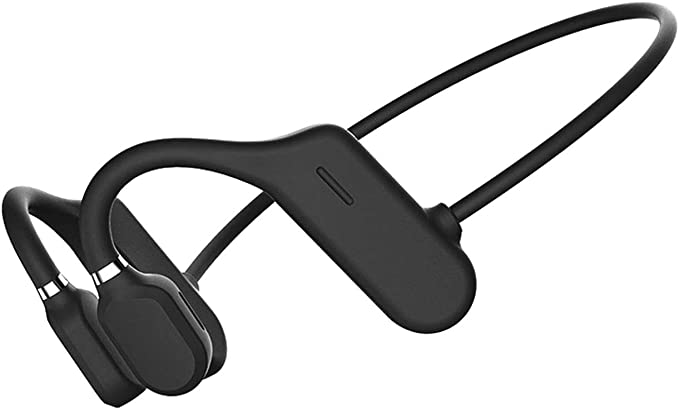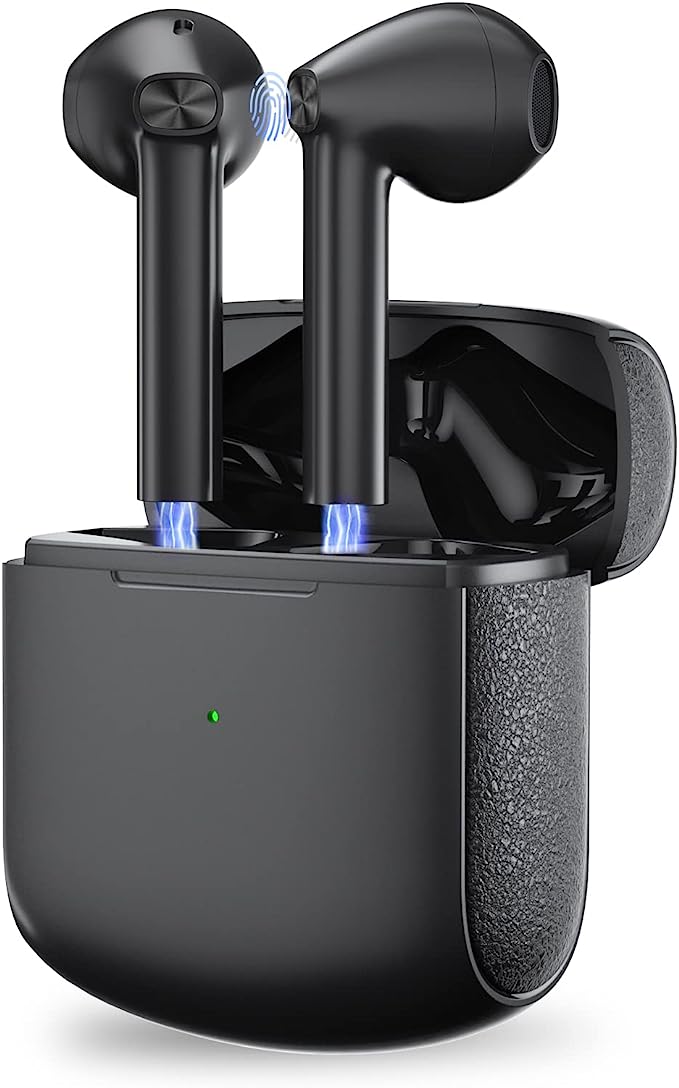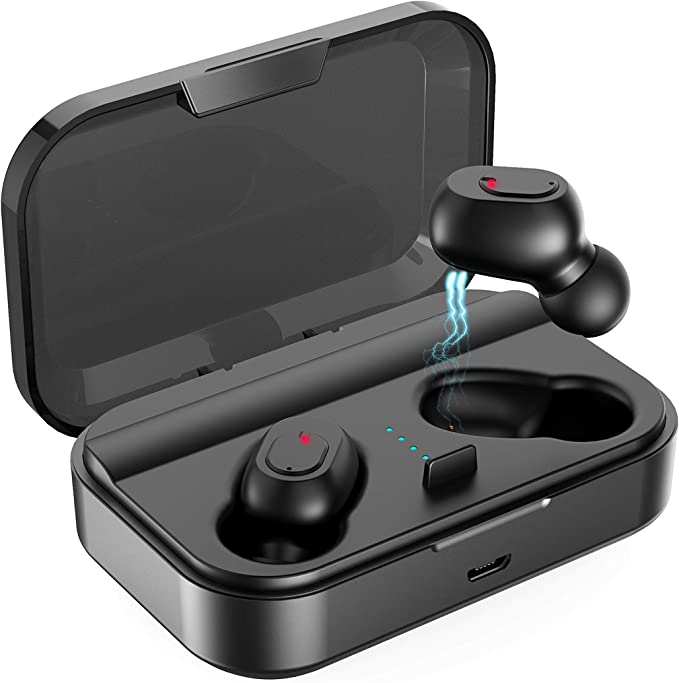The Marathon Paradigm: The Engineering Behind 100-Hour Wireless Audio
Update on Dec. 20, 2025, 12:50 p.m.
In the landscape of personal electronics, the struggle against the “recharge wall” has defined user behavior for over a decade. While the smartphone industry has largely converged on a 24-hour cycle, the wireless audio sector is witnessing a fascinating divergence. A new class of devices is pushing past the conventional 30-hour barrier, aiming instead for the triple-digit territory. This “Marathon Paradigm” represents more than just a convenience; it is a structural rethink of energy management in wireless personal area networks (WPAN). Understanding how a modern audio peripheral can sustain 120 hours of operation reveals a complex synergy between miniaturized energy storage and hyper-efficient data protocols.
The Buffering Strategy: The Rise of High-Capacity Reservoirs
The most straightforward yet challenging path to extreme endurance is the physical expansion of the energy reservoir. In standard True Wireless Stereo (TWS) designs, the charging case is often limited by aesthetic slimness, housing batteries between 300mAh and 500mAh. However, the shift toward a “Tool-First” philosophy has enabled a different approach. By integrating lithium-polymer cells with capacities upwards of 2600mAh—comparable to mid-range smartphones—the case is transformed into a primary energy node.
This massive buffer creates a “charging safety net.” The case no longer just recharges the earbuds; it acts as an auxiliary power source for the entire mobile ecosystem. This dual-purpose engineering, often seen in resilient hardware like the CAPOXO D8 Wireless Earbuds, addresses a critical psychological pain point: the anxiety of being stranded without power. By leveraging a high-density energy pool, these devices ensure that the user can remain digitally untethered for weeks, fundamentally altering the maintenance cycle of personal technology.

Bluetooth 5.3: The Efficiency of the Invisible Handshake
While a large battery provides the raw fuel, the engine must be miserly. The adoption of Bluetooth 5.3 has been a watershed moment for energy conservation. Unlike its predecessors, version 5.3 introduces refined “Connection Subrating,” a protocol that allows the device to transition between high-power and low-power communication states with microsecond precision.
This invisible handshake ensures that the radio frequency (RF) chip only consumes energy when absolutely necessary. For a high-end endurance device, this protocol minimizes the “chatter” between the smartphone and the headset, significantly extending the idle and active listening times. For a modern implementation like the CAPOXO D8 Wireless Earbuds, this means the massive 2600mAh reservoir is utilized to its fullest potential, translating raw electrons into high-fidelity audio waves with minimal waste. The efficiency gain isn’t just about longer playtimes; it is about the long-term health of the lithium-polymer cells, which endure fewer charge-discharge cycles over the device’s lifespan.

The Ecology of the Charging Hub
The final piece of the marathon puzzle is the interface. The transition to universal standards like USB-C and the integration of LED power displays have turned the charging case into a transparent management hub. Unlike older systems where charging status was a guessing game, modern digital displays provide a precise percentage of the remaining energy.
This transparency is vital when managing 120 hours of potential sound. It allows the user to treat the device as a reliable utility rather than a fragile accessory. When the charging case also supports wireless charging, it integrates seamlessly into the modern wireless office or home environment. This ecosystem-level integration ensures that the “energy debt” is repaid almost invisibly, keeping the marathon-ready headset always at peak readiness.

Conclusion: Toward Permanent Audio Connectivity
As efficiency continues to climb and battery chemistry stabilizes, the need for frequent recharging is becoming a historical relic. The Marathon Paradigm proves that with the right combination of high-capacity buffering and protocol efficiency, wireless audio can become a “set and forget” utility. This reliability is the foundation of the next decade of personal acoustics—a world where the music never stops because the technology simply refuses to quit.

